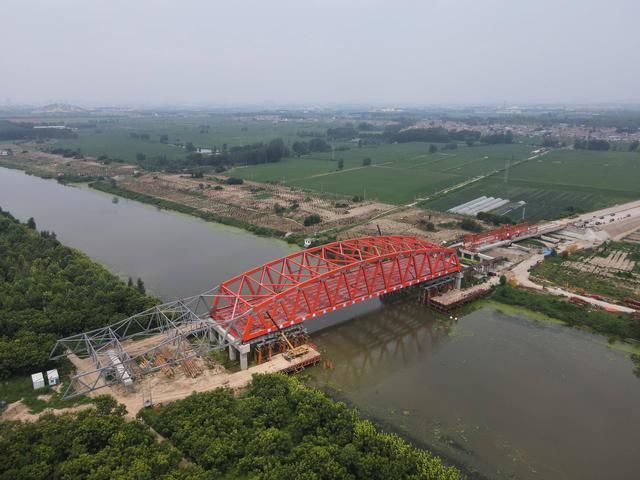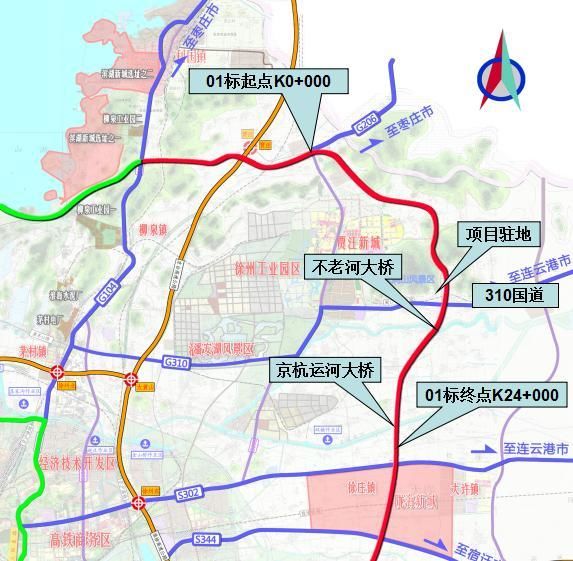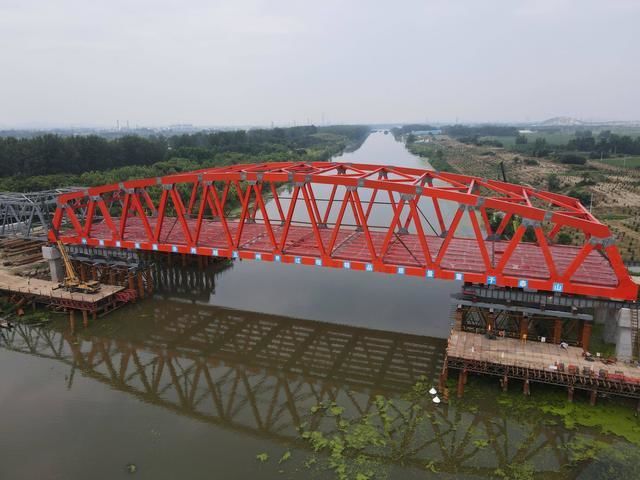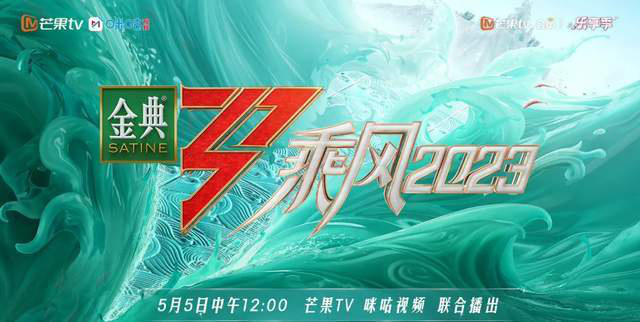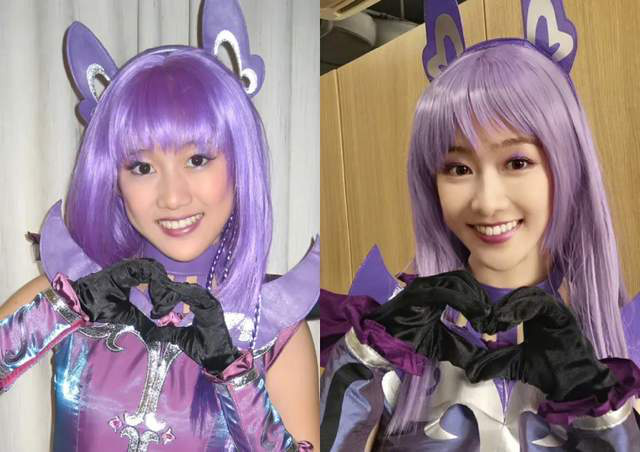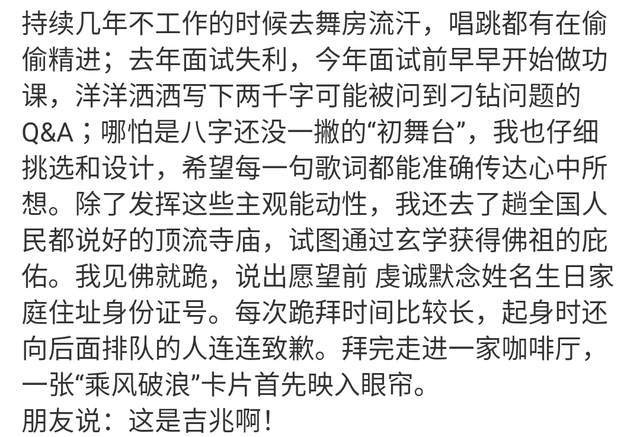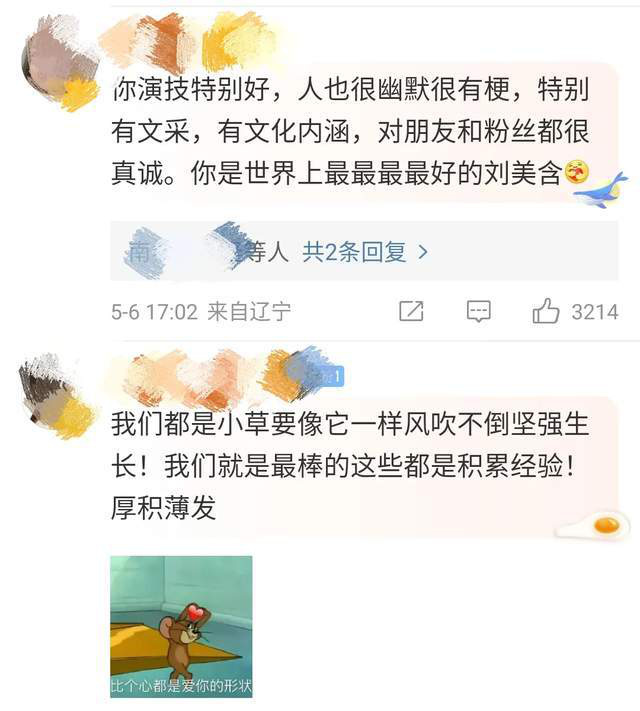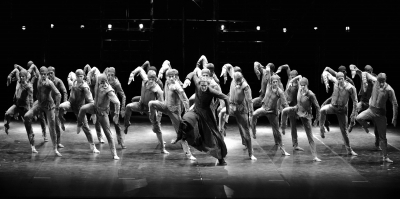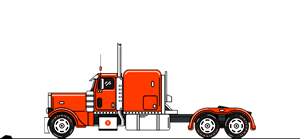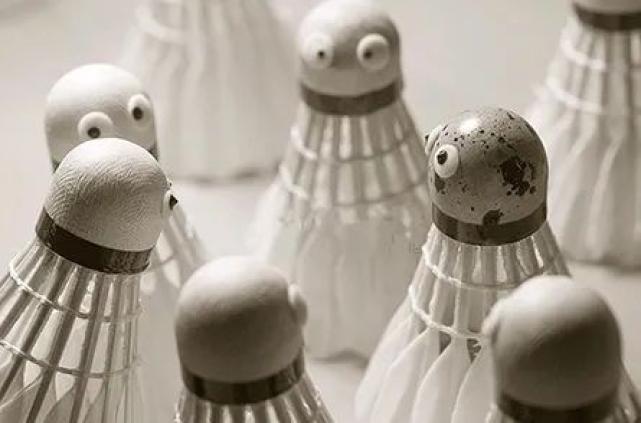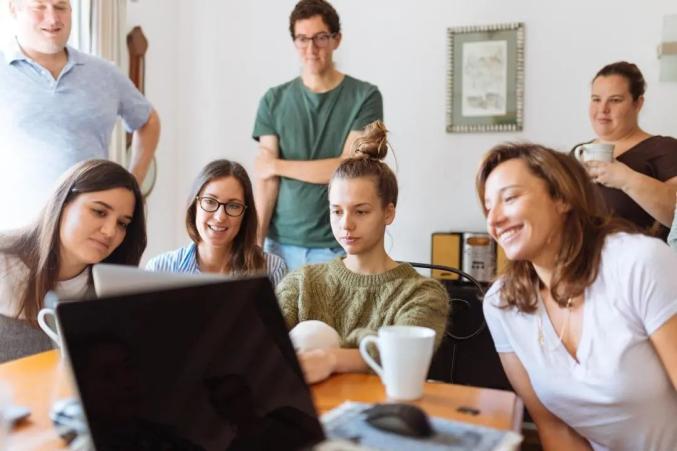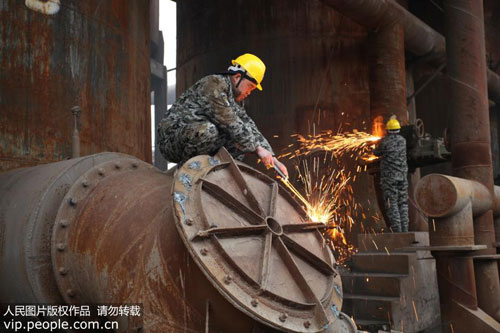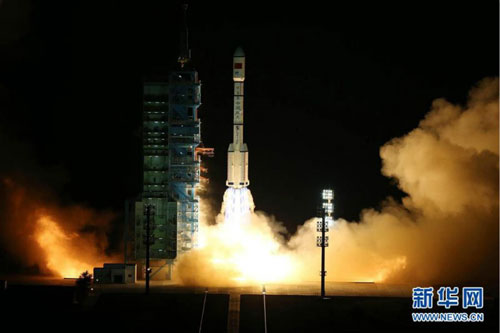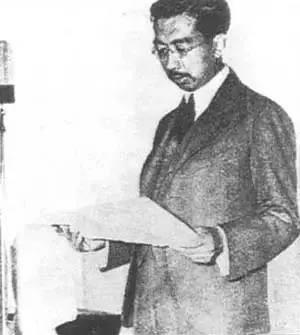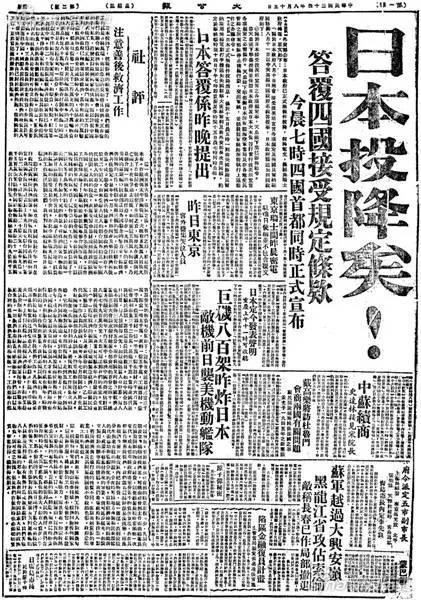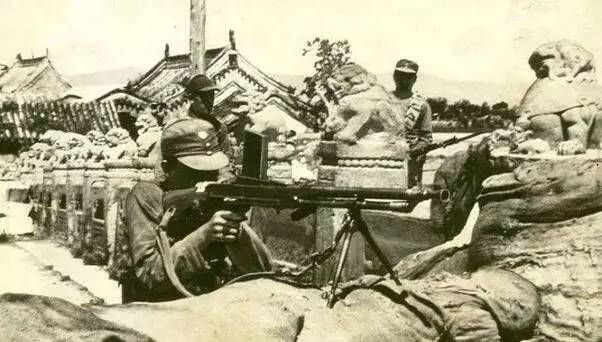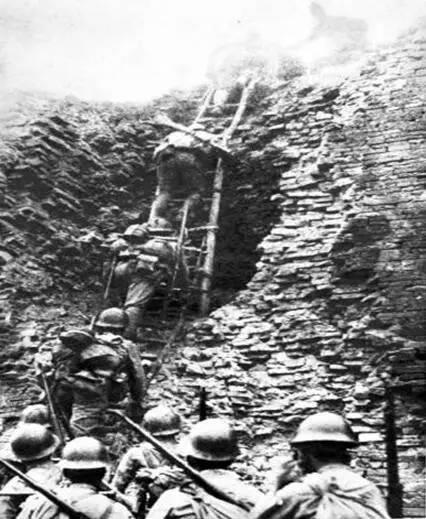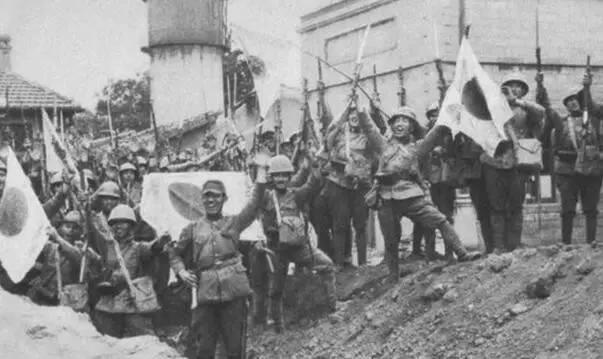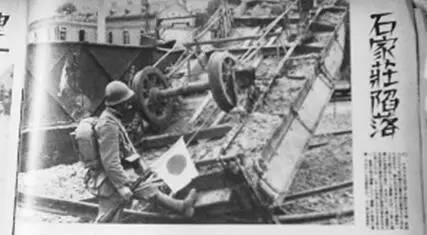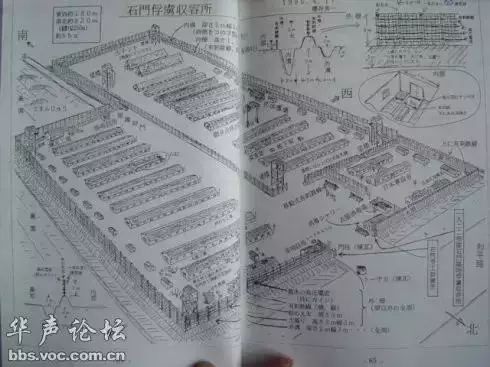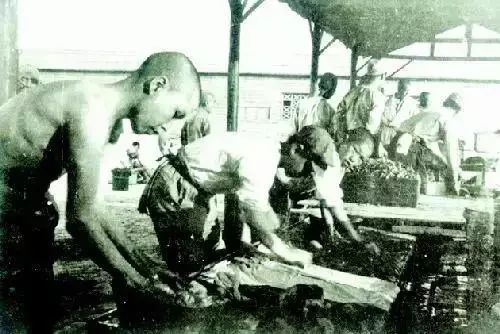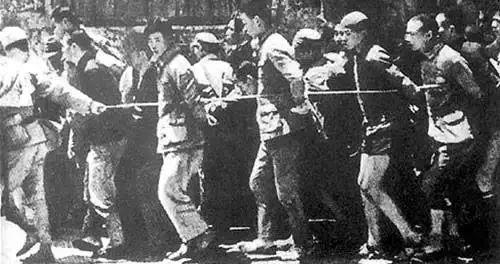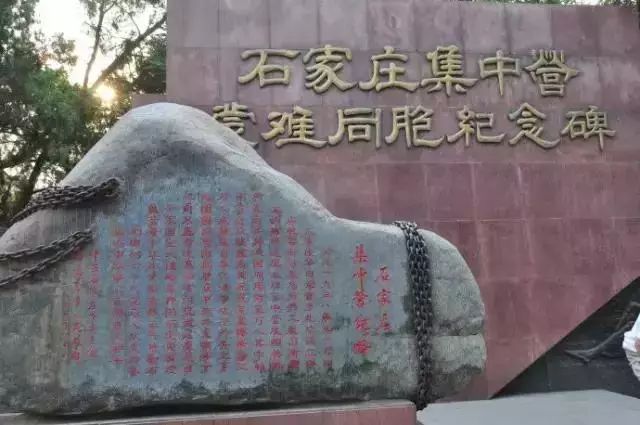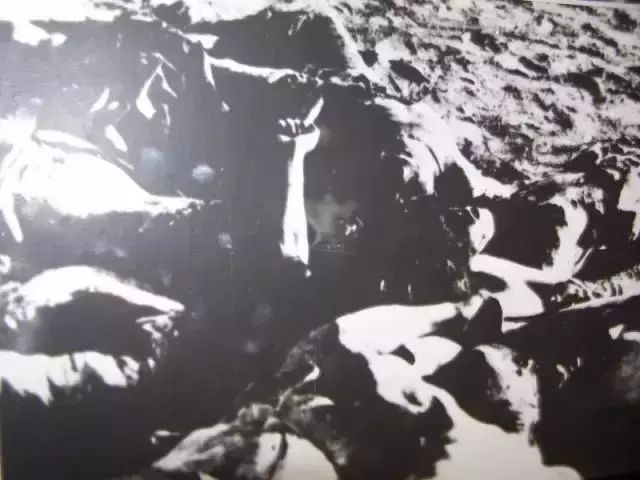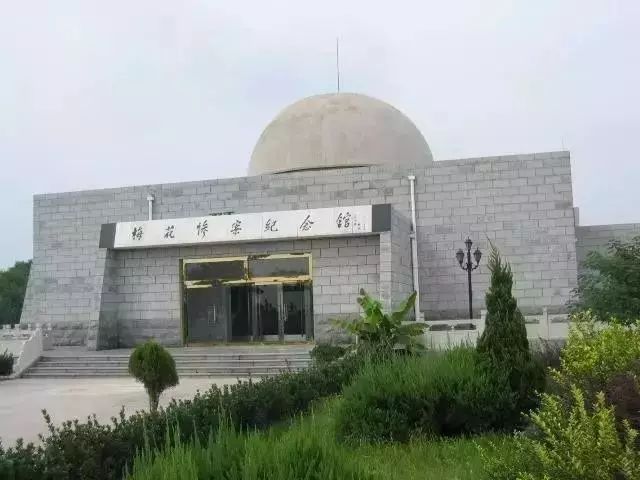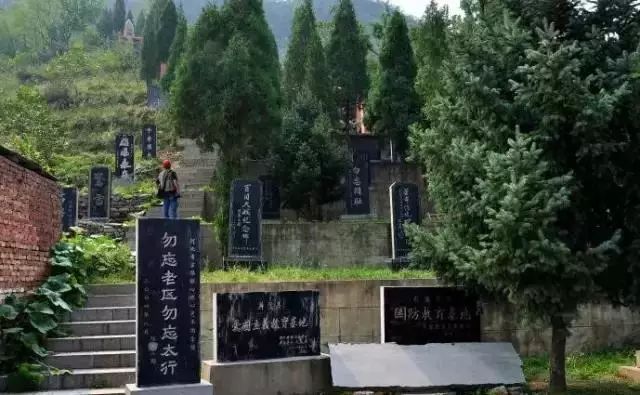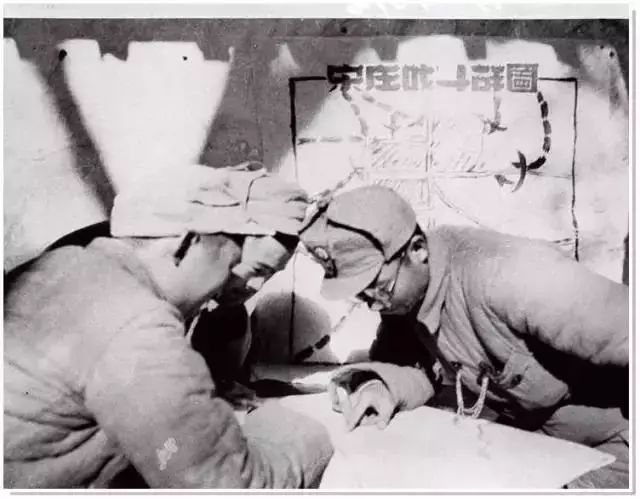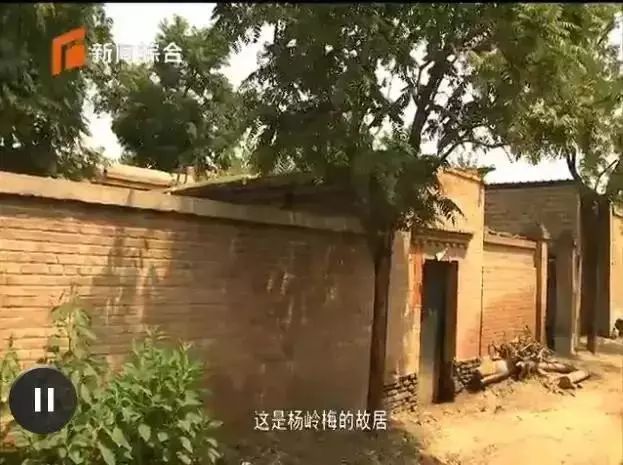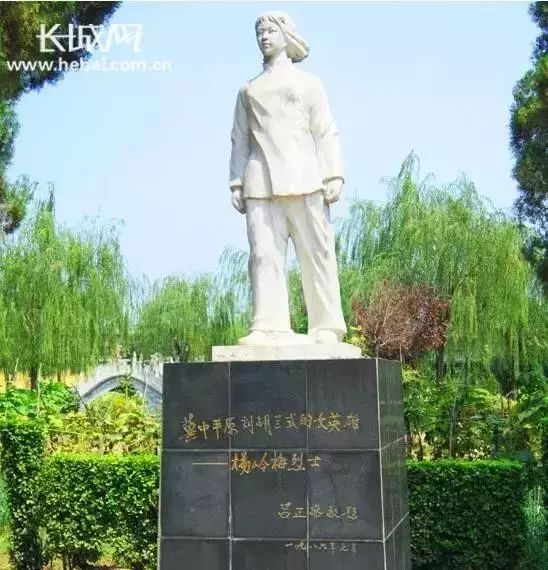The State Council Information Office held a press conference in the press room of the State Council Information Office at 10: 00 am on Tuesday, January 24th, 2017, and invited Minister of Land and Resources Jiang Daming, Vice Minister Cao Weixing, Deputy Director of the Central Rural Work Leading Group Office Han Jun and Vice Minister of Agriculture Yu Xinrong to introduce the Opinions of the State Council, the Central Committee of the Communist Party of China on Strengthening the Protection of Cultivated Land and Improving the Balance of Occupation and Compensation, and to answer questions from reporters.
[Moderator Hu Kaihong]
Good morning, ladies and gentlemen. Welcome to the regular press conference of the State Council Information Office. A few days ago, the Central Committee of the Communist Party of China and the State Council issued the Opinions on Strengthening the Protection of Cultivated Land and Improving the Balance between Occupation and Compensation. The People’s Daily has published the full text of this Opinion, which is a very important document. In order to help you better understand this situation, I am very happy to invite Mr. Jiang Daming, Minister of Land and Resources, to introduce some information about the Opinions and answer your questions today. Also present at today’s conference are Mr. Han Jun, deputy director of the Office of the Central Rural Work Leading Group, Mr. Yu Xinrong, vice minister of agriculture, and Mr. Cao Weixing, vice minister of land and resources. Next, I would like to invite Minister Jiang to make an introduction.
[Minister of Land and Resources Jiang Daming]
Thank you, host. Good morning, ladies and gentlemen. First of all, thank you for your long-term concern and support for the work of land and resources. Recently, the Central Committee of the Communist Party of China and the State Council issued the Opinions on Strengthening the Protection of Cultivated Land and Improving the Balance of Occupation and Compensation. Let me briefly introduce the background and main contents of the Opinions.
Cultivated land protection is related to national food security, ecological security and social stability, and the State Council, the CPC Central Committee, has always been highly concerned about this matter. Since the 18th National Congress of the Communist Party of China, General Secretary of the Supreme Leader and other central leading comrades have made important instructions and instructions on farmland protection for many times, which has pointed out the direction and provided guidance for doing a good job in farmland protection in the new period. According to the relevant work arrangements of the central government, the Ministry of Land and Resources, the Ministry of Agriculture and the Central Agricultural Office will study and formulate opinions on further strengthening the protection of cultivated land and improving the balance between occupation and compensation. On December 5 last year, the 30th meeting of the Central Leading Group for Comprehensively Deepening Reform deliberated and adopted this Opinion. On January 9th this year, the Central Committee of the Communist Party of China and the State Council issued this Opinion.
The Opinions fully implement the spirit of the 18th CPC National Congress and the 3rd, 4th, 5th and 6th Plenary Sessions of the 18th CPC Central Committee, thoroughly implement the spirit of the series of important speeches by the Supreme Leader General Secretary and the new ideas, ideas and strategies for governing the country, take innovation, coordination, green, openness and sharing as the fundamental guidance, focus on the goal of building a well-off society in an all-round way, focus on implementing the strategy of storing grain in the ground and storing grain in technology, improve the comprehensive grain production capacity, and strengthen the resource guarantee foundation of national food security; Efforts will be made to promote structural reforms on the supply side, solve the problem of balance between cultivated land protection and occupation and compensation, and enhance the adaptability of cultivated land protection systems and policies to the new normal of economic development. The Opinions adhere to the three bottom lines: the public ownership of land will not change, the red line of cultivated land will not break through, and the interests of farmers will not be harmed. They adhere to the strictest farmland protection system and the strictest land-saving system. In accordance with the principles of "strict protection and strict management, giving priority to conservation, overall coordination, and reform and innovation", they have established the objectives and tasks of farmland protection in the new period, and defined the overall requirements and policies and measures for strengthening and improving farmland protection.
There are 20 articles in six parts in the Opinions. On the one hand, starting from the goal orientation and centering on the realization of the "trinity" protection of cultivated land quantity, quality and ecology, the Opinions systematically put forward the policy of strengthening the management and control of cultivated land, being constructive, encouraging and binding, and taking multiple measures at the same time, further enhancing the systematicness, synergy and operability of the policy, and promoting the system and policy of cultivated land protection to be more stereotyped and mature. On the other hand, from the perspective of problem-orientation, we should adhere to the unity of overall coordination and differentiated management, further improve the balance policy of cultivated land occupation and compensation, improve the compensation mechanism of cultivated land protection and the assessment mechanism of cultivated land protection responsibility target, promote the unity of rights, responsibilities and interests of cultivated land protection, and mobilize the initiative and enthusiasm of all parties to protect cultivated land more widely.
According to the Opinions, by 2020, the amount of cultivated land in China will be no less than 1.865 billion mu, and the permanent basic farmland protection area will be no less than 1.546 billion mu, ensuring the construction of 800 million mu and striving to build 1 billion mu of high-standard farmland. At the same time, it is proposed that the cultivated land protection system and the cultivated land occupation and compensation balance policy system are constantly improved, which will promote the formation of a new pattern of cultivated land protection with stronger protection, smoother implementation and more efficient management.
The "Opinions" emphasize strengthening land planning control and use control, and strictly controlling the occupation of cultivated land, especially high-quality cultivated land; Strengthen the special protection of permanent basic farmland, and it is strictly forbidden to evade the approval of occupying permanent basic farmland by adjusting county and township planning without authorization; Relieve the pressure of occupying cultivated land for construction by saving intensive land, and promote new construction not to occupy or occupy cultivated land as little as possible.
The "Opinions" clarify that to improve the implementation mechanism of the responsibility for the balance of cultivated land occupation and compensation, construction land units must fulfill the obligation of supplementing cultivated land, and local governments at all levels are responsible for implementing the task of supplementing cultivated land. In accordance with the requirements of "self-balancing at the county level, supplemented by adjustment within the province, supplemented by appropriate national overall planning", we will improve and standardize the balance management of cultivated land occupation and compensation. Through the large-scale construction of high-standard farmland, the implementation of farmland quality protection and promotion actions, the overall promotion of farmland recuperation, and the strengthening of farmland quality investigation, evaluation and monitoring, we will vigorously promote the construction and protection of farmland quality.
The "Opinions" require strengthening compensation and incentives for the main body responsible for farmland protection, implementing cross-regional adjustment of supplementary farmland interests, and using economic means to mobilize the enthusiasm of rural collective economic organizations and farmers to protect farmland. Strictly supervise and assess the local government’s implementation of farmland protection responsibility, strengthen the main responsibility of local government to protect farmland and the supervision responsibility of relevant departments, and build a joint responsibility mechanism for farmland protection of "party Committee leadership, government responsibility, departmental coordination, public participation and linkage" to implement the strictest farmland protection system.
Implementing the Opinions is an important task for the relevant departments and local party committees and governments at all levels in the State Council in the future, and I hope to get the attention and support of our friends in the media. Let me briefly introduce the situation first. Deputy Director Han Jun of the China Agricultural Office, Vice Minister Yu Xinrong of the Ministry of Agriculture and Vice Minister Cao Weixing of our department are willing to answer your questions.
[Moderator Hu Kaihong]
Thank you, Minister Jiang. Let’s start asking questions. Before asking questions, please inform the news organization you represent.
[CCTV, china network television reporter]
Excuse me, Minister Jiang, in 1997, the State Council City, the Central Committee of the Communist Party of China issued a document to strengthen land management and farmland protection, and many effective farmland protection policies have continued to this day. Is there any strategic consideration for issuing such an Opinion again after a lapse of 20 years?
[Minister of Land and Resources Jiang Daming]
This question is very good. Twenty years ago, in 1997, the State Council, the Central Committee of the Communist Party of China issued a document to strengthen land management and farmland protection, proposing the strictest farmland protection system and the strictest land conservation system. After a lapse of 20 years, the Central Committee issued the Opinions on Strengthening Cultivated Land Protection and Improving the Balance of Occupation and Compensation, which is the need to further improve the cultivated land protection system and clarify the main responsibilities of governments at all levels on the basis of connecting the past with the future. For more than 20 years, as we all know, China has become the second largest economy in the world in terms of economic aggregate, and our industrialization and urbanization are unprecedented and advancing rapidly. In this process, while ensuring economic development, we adhere to the strictest farmland protection system and the strictest land-saving system, which has played an important role in ensuring national food security for a long time, promoting new urbanization and promoting agricultural and rural development. After years of efforts, we have initially established a regulatory framework system for farmland protection, including planning control, use control, standard verification, incentives and constraints. In this process, the State Council has also established the national land supervision system and other very important systems.
In this document, these effective strict management systems are fixed, and at the same time, the "two must not" is put forward, that is, the red line of cultivated land that has been determined must not be broken, and the permanent basic farmland around the city that has been demarcated must not be occupied casually. From the special strategic position of cultivated land resources, cultivated land is the most precious resource in China, which is an important conclusion made by the Supreme Leader General Secretary. As a big country with a population of more than 1.3 billion, China’s special strategic position of food security cannot be shaken at any time. Cultivated land is the fundamental guarantee of national food security and the foundation and lifeline of agricultural development and modernization. The basic national conditions of a large population and a small amount of land determine the special importance and strategy of cultivated land resources in China. Cultivated land is the cornerstone of rural reform, development and stability, and it is an important production, living and ecological space. The protection of cultivated land is directly related to the vital interests of farmers, the construction of ecological civilization, the sustained and healthy development of economy and society, and the long-term stability of the country. Therefore, we must implement the strictest farmland protection system.
From the demand of economic and social development, it is an objective fact that the deepening of new urbanization and industrialization will inevitably occupy a certain amount of cultivated land. Intensify the construction of ecological civilization, promote the supply-side structural reform, return farmland to forests and grasslands, and control polluted cultivated land, which also requires reducing some unstable cultivated land. At the same time, the quality of cultivated land in China is not high as a whole, and it is partially degraded, which can not meet the production needs of grain and agricultural and sideline products. The protection of cultivated land is facing multiple pressures in terms of quantity, quality and ecology. In order to adapt to the new situation and new requirements, we must correctly handle the relationship between economic development and farmland protection and properly solve the difficulties and problems in farmland protection. Where is the way out? It lies in reform and deepening reform. The central government issued a document to strengthen the protection of cultivated land in time, which not only emphasized the unswerving adherence to the strictest farmland protection system and the strictest land-saving system, but also put forward the overall requirements, objectives, tasks and policy measures to strengthen the protection of cultivated land and improve the balance of farmland occupation and compensation from the overall layout of "five in one".
What needs to be particularly emphasized is that at present, China’s grain production has increased year after year, and there are more grain stocks. However, at this time, the more we must keep a clear head, the more we must tighten the string of cultivated land protection, and we must not relax at all. Once there is a mistake on this issue, it will make an irreparable subversive mistake. That’s all I have to answer. Thank you.
[China Daily reporter]
What are the contents of strengthening the management and control of cultivated land, encouraging multi-measures protection and constructive protection just mentioned? In addition, I understand that the main way to supplement cultivated land in the future is to carry out rural land consolidation and high-standard farmland construction. What new measures are there in the Opinions? Thank you.
[Han Jun, Deputy Director of the Office of the Central Rural Work Leading Group]
As you just said, land improvement and high-standard farmland construction are important measures to protect cultivated land. During the "Twelfth Five-Year Plan" period, we have built 403 million mu of high-standard farmland, and invested more than 590 billion yuan. After rectification, the quality and productivity of cultivated land have been significantly improved. According to the data provided by the Ministry of Land and Resources, it will be improved by one or two grades, and the grain production capacity will be increased by about 10% to 20%. During the "Thirteenth Five-Year Plan" period, the task of high-standard farmland construction is to ensure that 400 million mu of high-standard farmland is under construction and strive to build 600 million mu. The Opinions put forward three important policy measures in this regard.
First, it is necessary to integrate financial funds and incite social funds to participate in land consolidation and high-standard farmland construction through financial funds. We have roughly estimated the financial funds. Together, the central and local governments will invest about 600 billion yuan during the Thirteenth Five-Year Plan period. If this 600 billion yuan can incite social capital to participate in the construction of high-standard farmland, I want to ensure that the task of building another 400 million mu is achievable.
The second is to comprehensively promote the stripping of cultivated land. This is a very technical term. What does it mean to comprehensively promote the stripping and reuse of cultivated land occupied by construction? Our construction has occupied some good cultivated land, and its cultivated layer is matured. The cultivated layer soil occupied by cultivated land should be stripped, which will be used to supplement cultivated land reclamation projects. In this way, the soil conditions can be improved, the soil ripening process can be accelerated, and the soil fertility can be improved. There are both engineering measures and technical measures in this regard, which require a lot of capital investment.
Third, strengthen basic support, establish a scientific evaluation system of cultivated land quality and productivity, regularly evaluate the productivity and quality level of cultivated land nationwide, and improve the investigation and monitoring system of cultivated land quality. Thank you.
[Radio International reporter]
We have noticed that this central rural work conference proposed that ensuring national food security is a top priority, and we should not relax at any time. We should actively implement the strategy of "storing grain on the ground and storing grain in technology" to ensure that the grain production capacity remains stable and steadily improves. What are the requirements of the Opinions in promoting the implementation of the strategy of storing grain in the land? Thank you.
[Yu Xinrong, Vice Minister of Agriculture]
Thank you, Mr reporter, for asking a very important question. Food is safe in the world. Our country has a population of 1.3 billion, and solving the problem of eating well is the top priority of our country’s governance. The central government sized up the situation and timely put forward a new strategy for food security under the new situation, which is the strategic bottom line to ensure basic self-sufficiency and absolute safety of rations. At the same time, in order to achieve this strategic requirement, it is proposed to promote the strategy of storing grain on the ground and storing grain in technology. To implement this strategy, it is fundamental to protect our cultivated land. General Secretary of the Supreme Leader has repeatedly stressed that the red line of cultivated land should be strictly guarded against death, and the protection of cultivated land should be done as the protection of giant pandas. We must profoundly understand and resolutely implement it. The protection of cultivated land focuses on keeping two bottom lines, one is the red line of cultivated land quantity, the other is the red line of cultivated land quality, that is, it is necessary to carry out large-scale construction of high-standard cultivated land, carry out in-depth protection and improvement of cultivated land quality, curb the degradation trend of cultivated land and improve the quality of cultivated land. In particular, it is necessary to classify the best quality cultivated land as permanent basic farmland and implement permanent protection and sustainable utilization. This time, the Opinions further put forward specific operational requirements.
First, the quantity protection of cultivated land should be strictly implemented, and the total amount of cultivated land occupied by new construction should be reduced by controlling increment, digging stock and promoting intensification; It is necessary to achieve "less occupation", but also to improve the responsibility implementation mechanism of the balance of occupation and compensation, expand the channels for supplementing cultivated land, ensure "replenishment" and keep this red line.
The second is to emphasize the protection of cultivated land quality. Innovate the mechanism to fully mobilize the enthusiasm of all parties, and vigorously improve the comprehensive grain production capacity and strive to achieve the goal of "building well" by promoting the occupation of cultivated land, the stripping and reuse of cultivated land, the upgrading and transformation of low-and medium-yield fields, and the improvement of new cultivated land in the later stage.
Third, it is necessary to expand the pilot of farmland rotation and fallow, and implement the protection of farmland ecology. Cultivated land is an important part of the ecosystem. While developing and utilizing the reserve resources of cultivated land, it is necessary to make clear the areas and land types where reclamation is prohibited, so as to actively carry out comprehensive management of degraded cultivated land. Remediation of polluted cultivated land, overall promotion of cultivated land recuperation, and full play to the ecological role of cultivated land. Last year, we further expanded the implementation of rotation fallow of cultivated land in accordance with the requirements of the central authorities in promoting the recuperation and green development of cultivated land. This is a very effective measure and has won the support of the broad masses of grassroots cadres and farmers. This year, on the basis of last year, we will further expand, innovate in the system and mechanism, and innovate in the technical model, so as to lay a solid material foundation, technical foundation, especially ideological foundation. Thank you.
[Workers Daily reporter]
The balance policy of cultivated land occupation and compensation is actually a remedial policy to protect cultivated land. However, with the increasing occupation of cultivated land by urbanization and industrialization, some supplementary difficulties and problems have emerged in some places. In this context, is it necessary for us to adhere to this policy? In addition, what are the targeted measures for improving the balance policy of cultivated land occupation and compensation and solving the existing problems and difficulties? Thank you.
[Minister of Land and Resources Jiang Daming]
This question was answered by Vice Minister Cao Weixing.
[Cao Weixing, Vice Minister of Land and Resources]
I think the question you asked is very important. The policy of balancing cultivated land occupation and compensation is a remedial measure for the occupation of cultivated land by industrialization and urbanization. According to our statistics, during the period of 1999-2005, the national construction occupied 59.28 million mu of cultivated land, and at the same time we supplemented 69.29 million mu of cultivated land, effectively making up for the losses caused by the occupation of cultivated land by various types of construction. At the same time, the balance policy of occupation and compensation has a reverse effect on saving intensive land. The average annual scale of cultivated land occupied by construction in China has dropped from about 7.5 million mu in 1985-1996 to about 3.5 million mu in 1999-2015, and the reverse effect is very significant. Therefore, continuing to adhere to the balance policy of occupation and compensation at present and in the future can not only remedy the impact of grain production capacity occupied by construction in time, but also enhance the awareness of cultivated land protection.
Of course, we are also soberly aware that after years of development and utilization, the reserve cultivated land resources in our country are gradually decreasing, especially in some provinces where cultivated land resources are relatively scarce. There are some practical problems in implementing the policy of balancing occupation and compensation, and there is still a gap between the quantity and quality of the balance of occupation and compensation required by the central government. Therefore, we should make great efforts to improve and optimize the management of the balance of occupation and compensation. For this reason, the Opinions put forward new policies and measures to improve and standardize the management of the balance of occupation and compensation in accordance with the idea of "controlling occupation, adjusting methods, calculating big accounts and differentiating". "Controlling occupation" means reducing the scale of cultivated land occupied by new construction and reducing the pressure of occupation and compensation balance from the source. "Adjustment mode" means to change the way of supplementing cultivated land, minimize the development of unused land, and strive to implement the quantity and quality of supplementary cultivated land through land improvement and high-standard farmland construction. "Counting the big accounts" means that we should shift from simply emphasizing the project-related calculation of the small accounts to taking into account the regional balance, so as to better implement the responsibility of local governments for farmland protection. "Differentiation" means to fully consider the regional differences and project differences, solve the difficulties of the balance of occupation and compensation in a realistic way, and build a new pattern of "county balance as the mainstay, provincial adjustment as the supplement, and national overall planning as the supplement".
The "Opinions" also particularly emphasizes that it is necessary to adhere to the principle of "dominant and complementary", and through strict supervision and assessment, to achieve the same quantity and quality of supplementary cultivated land and occupied cultivated land, and better realize the coordination and unity of protecting cultivated land and ensuring development. Thank you.
[Phoenix TV reporter]
I want to continue the last question. The Opinions clearly point out that the state should make an appropriate overall plan for the balance of occupation and compensation. Does this mean that the inter-provincial balance of occupation and compensation can be lifted? What measures will be taken to promote this work in the next step? Especially in some cities along the eastern coast, the demand for this is relatively large. What detailed measures will be taken? Thank you.
[Cao Weixing, Vice Minister of Land and Resources]
Article 33 of the Land Management Law stipulates that "individual provinces and municipalities directly under the Central Government are really short of land reserve resources, and if the amount of newly cultivated land is not enough to compensate for the amount of cultivated land occupied after the new construction land is added, they must report to the State Council for approval to reduce the amount of cultivated land within their respective administrative areas and carry out ex situ reclamation." The "Opinions" clearly put forward that exploring the national overall planning of supplementary cultivated land is a detailed implementation of the legal provisions, and it is a reform measure to solve the problem of the balance between occupation and compensation of key projects in some provinces and some countries under the current situation of insufficient reserve resources and the mismatch between land occupation demand and reserve resources space.
According to our assessment of the reserve resources of cultivated land and the realization of the balance between occupation and compensation in various provinces (autonomous regions and municipalities), during the "Thirteenth Five-Year Plan" period, the whole country can achieve the balance between occupation and compensation, and most provinces can achieve the balance between occupation and compensation within the province. However, it is indeed difficult for some provinces with serious shortage of reserve resources to fully implement the balance of occupation and compensation within the province. In this case, in order to ensure that the number of cultivated land in the country is not reduced, and at the same time, to ensure the demand for major construction land, according to the situation of cultivated land reserve resources, it is necessary to implement appropriate national overall planning for supplementary cultivated land.
In the process of implementing the national overall planning of supplementary cultivated land, we will follow the principles and requirements established in the Opinions, strictly follow the procedures and standardize the operation. First, strictly limit the scope of overall planning. Based on resource endowment, seeking truth from facts, scientific evaluation and demonstration, strictly control the provinces and major construction projects that are included in the national overall planning. The second is to strictly control the overall scale. Strictly follow the objectives of farmland protection responsibility determined in the overall land use planning, adhere to the principle of balance within the province, and control the scale of national overall planning of supplementary cultivated land. The third is to play the role of interest leverage adjustment. According to different regions and types, the national standard of overall planning and supplementary cultivated land expenses shall be formulated. By collecting the state’s overall cost of supplementing cultivated land, we will concentrate on investing funds in the provinces that undertake the task of supplementing cultivated land and make overall plans for supplementing cultivated land and improving agricultural production conditions. Fourth, strict supervision and standardized management. Clearly supplement the national overall planning requirements for cultivated land, standardize the approval procedures, strictly supervise, and implement assessment and reward measures. In the next step, we will work with relevant departments to formulate specific management measures to ensure the implementation of this measure and achieve the expected goal of reform.
What needs special explanation is that exploring the national overall planning of supplementary cultivated land in resource-poor provinces is a practical solution to the development needs of resource-poor provinces and the practical difficulties of supplementary cultivated land, not to loosen the balance system of cultivated land occupation and compensation, nor to relax management requirements. We believe that by defining the scope, strictly controlling the scale and strictly supervising, we can completely ensure that the supplementary cultivated land is implemented and firmly hold the national red line of cultivated land protection, so as to realize the coordination and unity of cultivated land protection and development guarantee. Thank you.
[Farmer Daily reporter]
Excuse me, Vice Minister Yu Xinrong, what are the plans of the Ministry of Agriculture in the construction of cultivated land quality, and what specific measures are there? Thank you.
[Yu Xinrong, Vice Minister of Agriculture]
Thank you, Mr. reporter, for asking a good question. The supplement of cultivated land quality, especially to further accelerate the protection of cultivated land area and delimit permanent basic farmland, while effectively protecting cultivated land quality, is a major decision-making requirement of the central government. For these measures, we will take a series of pragmatic measures. First, we will further implement the construction of high-standard farmland and strive to meet the requirement of storing grain in the ground. I have already elaborated on this issue in detail. The second is to promote scientific and technological innovation, with the focus on supporting technological innovation in seed industry.
Mainly to carry out three major actions, 1. Protection of agricultural products. 2. Zero-growth action of fertilizer use, focusing on promoting precision fertilization reduction, replacement reduction of organic fertilizer, application reduction of new fertilizers and demonstration-driven reduction of new subjects. Strive to achieve zero growth in the use of fertilizers by 2020. Here is a report on the situation in the past two years, that is, in 2014, 2015 and 2016. Through the implementation of the above measures, initial results have been achieved. In 2016, the rapid growth momentum of chemical fertilizers has been curbed and has dropped below one digit. 3. The "zero growth" action of pesticide use mainly implements green prevention and control reduction, unified prevention and control reduction, and efficient drug substitution reduction. Strive to achieve zero growth in pesticide use nationwide by 2020.
Third, we should implement three pilot projects: 1. The pilot project of protecting black land in Northeast China. Since 2015, the state has allocated 500 million yuan each year to carry out pilot projects for the protection and utilization of black land in 4 provinces (autonomous regions) and 17 counties (cities) in Northeast China, and achieved initial results. 2. The government has given active support to the remediation of cultivated land polluted by heavy metals in Hunan, and local governments have also attached great importance to it. Since 2015, special funds have been arranged every year to promote the screening and promotion of varieties with low cadmium accumulation in 19 counties in Changsha, Zhuzhou and Xiangtan, and to implement the actions of improving the quality of cultivated land and repairing heavy metal pollution, and remarkable progress has been made. In the second half of last year, relevant experts carried out strict testing according to scientific procedures, and the degree of heavy metal pollution in the soil has been better improved. 3. I have already introduced the pilot of implementing the system of farmland rotation and fallow, and this work will be further strengthened this year. Fortunately, the central government’s pilot decision has been warmly supported and responded by the broad masses of cadres and people at the grass-roots level, with high enthusiasm. Everyone thinks that crop rotation and fallow is not only an excellent measure to carry forward the traditional farming culture of the Chinese nation, but also an effective action to implement the "green development" put forward by the central government, which is a major event that contributes to the present and benefits the long term.
The fourth is to strengthen the monitoring of cultivated land quality. We are innovating a series of technical means to restore cultivated land and improve the whole process monitoring. Thank you.
[Economic Daily reporter]
I would like to ask in the Opinions that the current incentive and restraint mechanism for farmland protection is still not perfect. Just now, Minister Jiang also suggested that the incentive and restraint mechanism will be further improved and perfected. I would like to ask, what are the main aspects of the current imperfection? In addition, what specific measures will be taken to improve it in the next step? Thank you.
[Minister of Land and Resources Jiang Daming]
The protection of cultivated land is related to the national economy and people’s livelihood. In the protection of cultivated land, the incentive and restraint mechanism is very important. The establishment of this incentive and restraint mechanism needs administrative means, legal means and economic means. What you said just now is still not perfect, and this problem does exist. The administrative means is mainly to strengthen the responsibility of local governments to protect cultivated land, and implement it to towns and villages at different levels. The "Opinions" call for strengthening the inspection and assessment of local governments’ responsibility for farmland protection, and the assessment results will be used as the performance assessment of leading cadres. At present, the protection of cultivated land is one of the important contents in the method of assessing natural resources. Moreover, it is emphasized that the protection of cultivated land should be the responsibility of both the party and the government, and the party Committee and government should do it together. As we said just now, we should establish a joint responsibility mechanism of "Party Committee leadership, government responsibility, departmental coordination, public participation and linkage from top to bottom". In this respect, we should make good use of the administrative power of governments at all levels.
Second, we should use legal means. At present, the land management law and other laws and regulations have not been revised for nearly 20 years. It is necessary to enrich the achievements of the current reform pilot and further improve the rule of law.
Third, we should establish an economic incentive mechanism. We propose to integrate relevant funds and establish a reward and compensation mechanism for farmland protection. In the "Opinions", it is proposed to integrate agriculture-related funds at the central and local levels and reward rural collective economic organizations and farmers who undertake the task of farmland protection. As far as we know, Zhejiang and Jiangsu have done this thing. We hope that all provinces can learn from each other and set up compensation mechanisms and reward and compensation mechanisms from their own reality. At the same time, Minister Cao just introduced that it is necessary to standardize the interest adjustment mechanism of supplementary cultivated land between cities and counties, including a few provinces, so that the places that really protect cultivated land or the places where cultivated land is increased will not suffer, and at the same time, the collectives and farmers who protect cultivated land will benefit.
Here, we also pay attention to the role of interest adjustment in tackling poverty. The Ministry of Land and Resources resolutely implements the central government’s decision to win the battle against poverty. In this regard, land policy can play an important role, such as the policy of linking the increase and decrease of urban and rural construction land, that is, through reclamation, cultivated land has increased, and the saved indicators can also be used as indicators of occupation and compensation, and poor areas can be used throughout the province, which will play an important role in financial support for poverty alleviation and relocation and the development of poverty-stricken industries for farmers. What we know now is that a place where this policy is well used, such as Fuping County, Hebei Province, has more than 2 billion yuan in fiscal revenue through land policy a year, and its own fiscal revenue is less than 300 million yuan, which can play an important role in winning the battle against poverty. Now, through this policy, nearly one-third of our provinces are trying it out, and the economic benefits have been more than 20 billion. That’s all I have to say. Thank you.
[Moderator Hu Kaihong]
This is the end of today’s press conference. Thank you to all ministers and journalists. Here, I also wish you an early year. See you after the festival.
Editor in charge: Lei Lina
